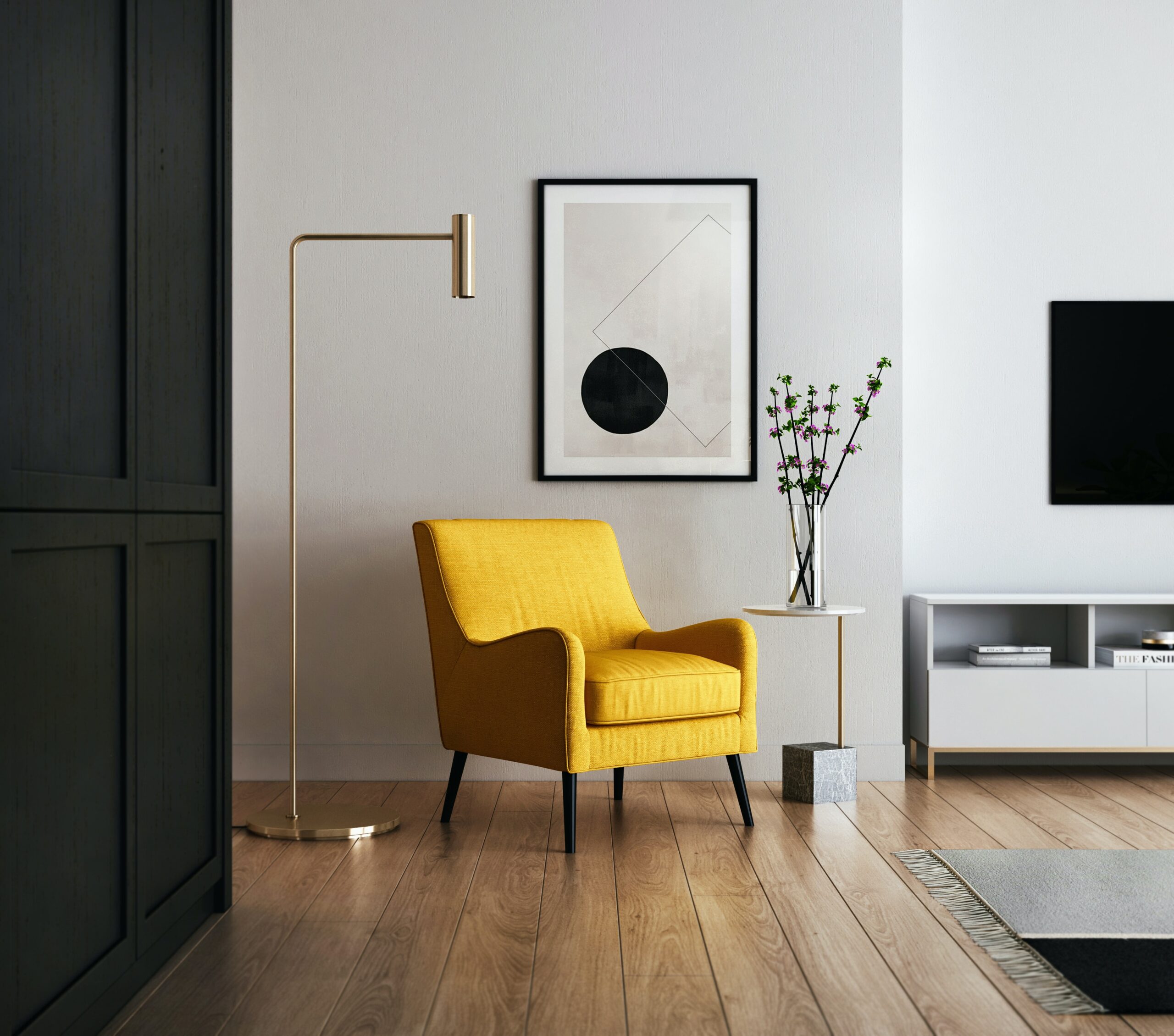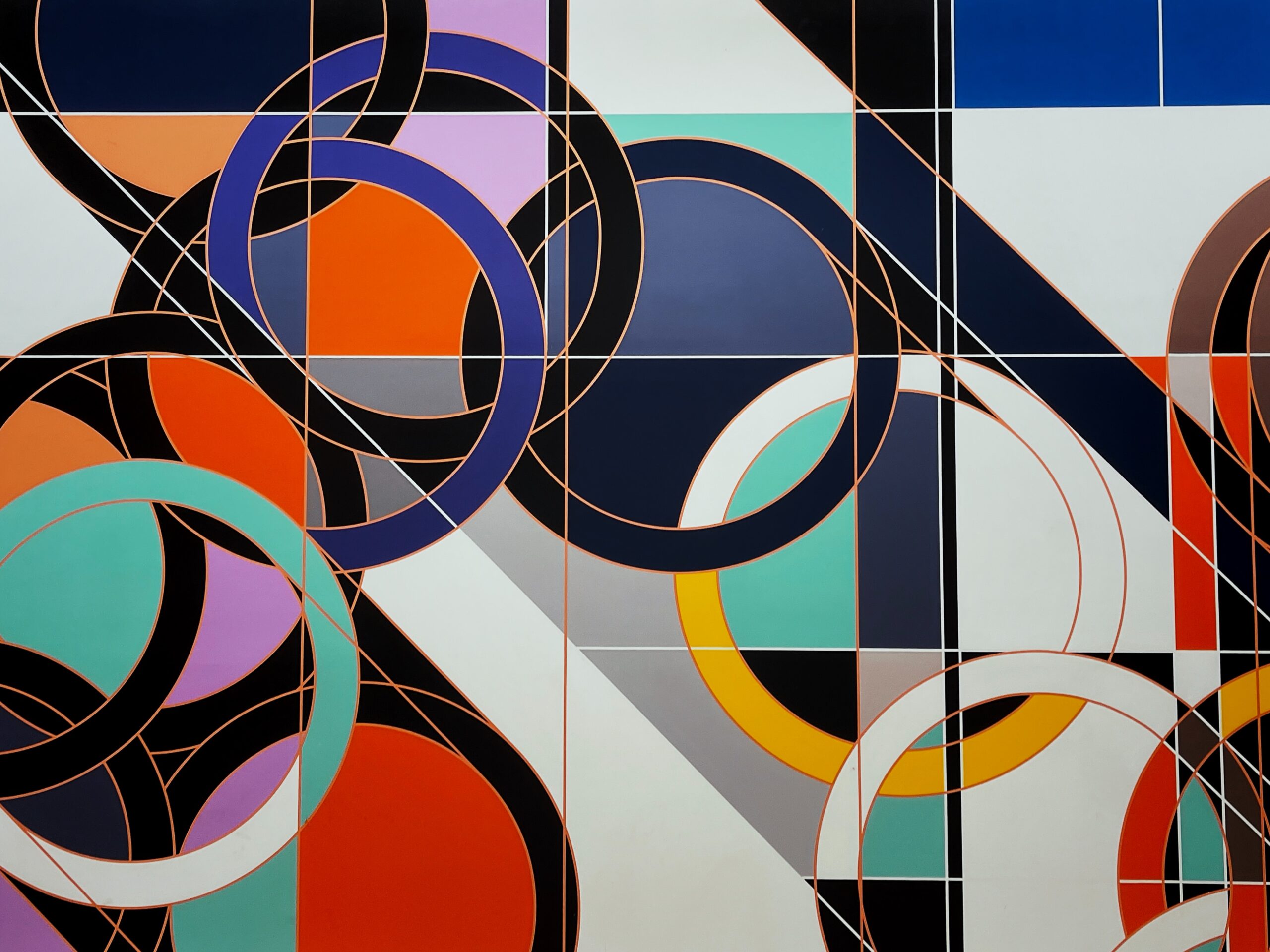PVC ceiling panels have gained popularity in recent years due to their durability, affordability, and aesthetic appeal. These panels are made from a synthetic material known as polyvinyl chloride, or PVC for short. PVC is a type of plastic that is widely used in various applications, including construction, plumbing, and electrical industries.
Composition of PVC Ceiling Panels
PVC ceiling panels are composed of a blend of PVC resin, stabilizers, and other additives. The PVC resin is the main component, providing the panels with their strength and durability. Stabilizers are added to the resin to enhance its heat resistance and prevent degradation when exposed to sunlight or extreme temperatures.
In addition to the resin and stabilizers, PVC ceiling panels may also contain fillers, such as calcium carbonate or talc. These fillers help to reduce the cost of production and improve the overall performance of the panels. They also contribute to the fire resistance and insulation properties of the panels.
Advantages of PVC Ceiling Panels
There are several advantages to using PVC ceiling panels in both residential and commercial settings:
- Durability: PVC panels are highly durable and resistant to moisture, mold, and mildew. They do not warp, crack, or peel, making them ideal for areas with high humidity or moisture, such as bathrooms or kitchens.
- Easy Installation: PVC ceiling panels are lightweight and easy to install. They can be directly attached to the ceiling using nails, staples, or adhesive. The interlocking design of the panels allows for a seamless and professional-looking finish.
- Low Maintenance: PVC panels are virtually maintenance-free. They can be easily cleaned with a damp cloth or sponge, and they do not require painting or refinishing.
- Aesthetic Appeal: PVC ceiling panels are available in a wide range of colors, patterns, and textures, allowing for endless design possibilities. They can mimic the look of wood, marble, or other materials, adding a touch of elegance to any space.
- Affordability: PVC ceiling panels are cost-effective compared to other ceiling materials, such as wood or gypsum. They offer a budget-friendly solution without compromising on quality or aesthetics.
Applications of PVC Ceiling Panels
PVC ceiling panels can be used in various applications, including:
- Residential buildings: PVC panels are commonly used in homes, particularly in areas prone to moisture, such as bathrooms, kitchens, and basements.
- Commercial buildings: PVC panels are popular in commercial settings, such as offices, restaurants, hotels, and retail stores. They provide a clean and modern look while offering practical benefits.
- Public spaces: PVC panels are also used in public spaces, such as schools, hospitals, and community centers. They are easy to clean and maintain, making them suitable for high-traffic areas.
In conclusion, PVC ceiling panels are made of a blend of PVC resin, stabilizers, and additives. They offer numerous advantages, including durability, easy installation, low maintenance, aesthetic appeal, and affordability. These panels are versatile and can be used in various residential, commercial, and public settings. If you are looking for a cost-effective and stylish ceiling solution, PVC ceiling panels are definitely worth considering.

